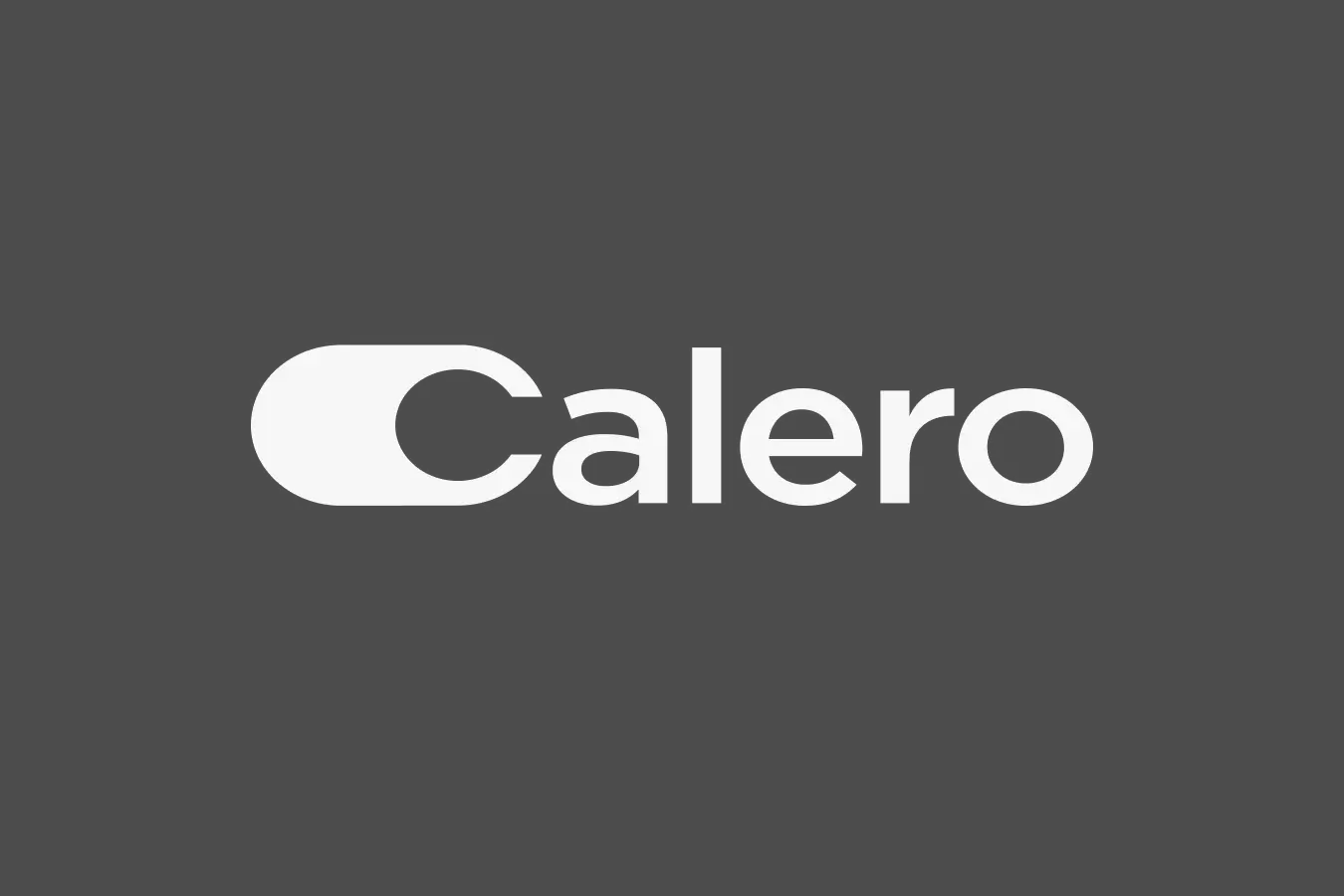The business environment has undergone numerous recent transformations, including the decoupling of person-to-person communication from traditional telephony platforms. Permanent changes in the nature of enterprise collaboration have also come about, driven by the pandemic-inspired move toward a hybrid workforce. Users are more often using their mobiles rather than desk phones, for example, and reliance on direct peer-to-peer communications has also increased.
In this new landscape, cloud-based collaboration tools are now prolific, but they create new challenges for enterprises. Many of these digital channels were launched quickly, without the typical processes in place to manage costs and oversee sprawl. And now that the durability of solutions such as Microsoft Teams and Zoom is becoming clear, companies face a steep learning curve as they work to control spend across these new platforms.
According to recent data, more than 2 million Zoom Phone seats have been sold worldwide. In addition, Microsoft reports nearly 80 million monthly active Teams Phone users.
Employees demand more flexibility to leverage remote work on a regular basis and the idea of maintaining a desk phone or logging into a platform to make and receive calls is fading. So even though UCaaS calling plans are more widely available to workers, mobile phones have become the go-to for many conversations.
Knowing there’s a huge amount of disruption occurring in the enterprise communication and collaboration space, there’s an urgent need to look more closely at UCaaS calling plan costs through SaaS platforms such as Microsoft Teams and Zoom.
As businesses begin that journey, there are a few common mistakes that they should be prepared to face.
Lack of Oversight Across Pooled Minutes
This is a mistake in two parts. The first is that businesses don’t properly manage their pooled minutes. A handful of high-consumption employees can easily push the enterprise over its limit if use isn’t understood and carefully monitored. And while overages are pricey, the waste tied to consumption that’s far below the pooled minute limits is also expensive. Changing your perspective requires an automated approach to pull in data in a timely manner and dynamically capture, reallocate and optimize pooled resources.
The second part is a lack of understanding around the parameters—geography constraints and other limitations—that govern the functionality and usability of enterprise pooled minutes. Pooling of minutes is typically limited by geographic location, in part because different locations will have different plan options and rates. International calling may occur in plans that don’t include it, and companies often go wildly over (or under) their pooled allotment. Enterprises need to be mindful of these constraints when optimizing pool usage.
Mini Case Study
A customer with a global footprint of nearly 5,000 UCaaS calling plan subscriptions struggled to manage its licenses. We pulled together unique data points to analyze all their UCaaS subscriptions, including calling plans and PSTN. We discovered over $50K in potential savings through optimization of services and elimination of Phone users who never received or made phone calls.
Using a Blanket Approach to Assigning UCaaS Services and Features
Businesses have limited visibility into who needs—and does not need—a calling plan. As our consultants work with clients, we often discover that nearly 20% of Zoom Phone users haven’t used the phone in the past three months. They haven’t placed any outgoing calls nor received direct calls through their Zoom license. However, a phone number is still attached to their subscription and the company pays each month for that service.
A deep dive into the data is needed to uncover wasteful practices. Powerful analytic tools designed for blended environments enable enterprises to optimize calling plans based on individual usage patterns, rather than general consumption expectations.
Missed Opportunities to Leverage Free Services Based on the New Way of Working
Because UCaaS calling plans are often tied to another service—Microsoft Teams, for example, is a component of the overall Microsoft 365 portfolio—businesses may not pursue cost controls as vigorously as they do for standalone subscriptions. But that mindset will only lead to more overspending. Consider where a thorough analysis may reveal cost savings.
- Should you maintain a phone number for your support team but eliminate individual numbers for other roles?
- Are different calling plans available with more personalized price and feature mapping
- Can you trim calling plans once your migration from PSTN to UCaaS is complete?
Additional optimization opportunities are available, but enterprises must allocate time and resources to assess and implement them, or offload those activities to an experienced spend management partner.
Looking at these common missteps, it’s easy to see why companies haven’t yet gained control of their UCaaS calling service spend. Necessary data isn’t readily available from the solution providers and, without tools tailored to the task, it’s difficult to ingest the information and apply analytics that yield actionable insight. Sifting through hundreds (or hundreds of thousands) of call records and subscriber profiles is time- and labor-intensive, and most businesses just can’t support it with traditional tools and manual processes.
You need rich functionality within your call accounting platform, intelligent analysis capabilities and the ability to harvest information while it’s still relevant. Next-generation expense management technology is a critical component that helps shed light on where your dollars are going and how to bring your company’s telephony costs under control.



